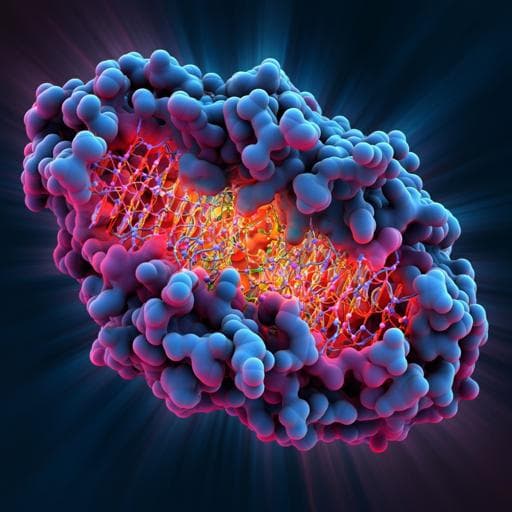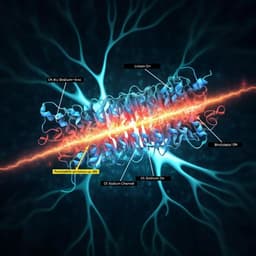
Medicine and Health
Discovery of a selective and biologically active low-molecular weight antagonist of human interleukin-1β
U. Hommel, K. Hurth, et al.
Explore groundbreaking research by Ulrich Hommel and colleagues revealing a low-molecular-weight antagonist for human interleukin-1β. This compound demonstrates potential therapeutic benefits by effectively blocking hIL-1β's interaction with its receptor, offering hope for new treatments. Discover the allosteric mechanisms at play in this innovative study.
~3 min • Beginner • English
Related Publications
Explore these studies to deepen your understanding of the subject.







